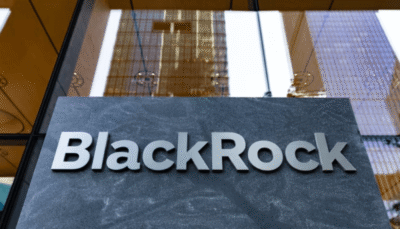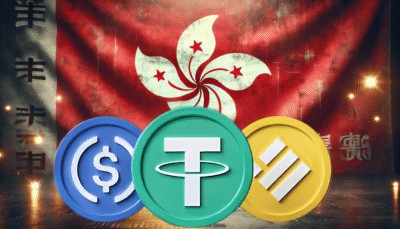Over 50 non-crypto corporations, including global financial institutions and luxury brands, are actively developing blockchain-based products on Ethereum and its layer two (L2) networks, according to a report by Galaxy Digital.
These companies are leveraging Ethereum’s infrastructure for non-speculative use cases such as non-fungible tokens (NFTs), tokenized real-world assets (RWAs), and Web3 gaming, reflecting a growing institutional shift toward blockchain integration.
Traditional Finance and Retail Leaders Enter Ethereum’s Ecosystem
A wave of traditional financial institutions and retail brands is embracing Ethereum’s blockchain technology. According to Christine Kim, Vice President of Research at Galaxy Digital, more than 50 major enterprises—including Deutsche Bank, PayPal, Louis Vuitton, and Adidas—are actively developing crypto-centric applications on Ethereum and its L2 networks. Unlike traditional cryptocurrency ventures, these companies are focusing on real-world applications, such as asset tokenization and NFTs, rather than speculative trading platforms.
Galaxy Digital’s findings highlight that 55 traditional enterprises are currently engaged in blockchain development on Ethereum, positioning the network as the primary hub for Web3 adoption. The report also underscores Ethereum’s dominance in the RWA tokenization market, where it hosts nearly ten times the value of assets compared to competitors like Stellar. Out of 20 financial institutions building crypto infrastructure, 13 are issuing tokenized assets—including BlackRock’s Ethereum-based fund, BUI
Non-crypto companies building on Ethereum. Source: Galaxy Digital
Stablecoins remain a critical component of Ethereum’s ecosystem, with PayPal’s PYUSD and Robinhood’s USDG leading a surge in stablecoin supply. In 2024, the sector experienced a 70% increase, with Ethereum commanding over half of the $400 billion stablecoin market. The network’s scalability has also attracted institutional investment, with Deutsche Bank developing an Ethereum L2 with ZKSync for regulatory-compliant financial solutions. Meanwhile, Sony’s Soneium rollup is targeting blockchain applications in gaming and entertainment, though its centralized oversight has raised concerns about control within decentralized ecosystems.
Gaming and NFT Innovation on Ethereum’s Layer 2 Networks
Beyond finance, Ethereum’s L2 networks are fueling advancements in gaming and NFTs. Major companies such as Atari and Lamborghini are leveraging L2 solutions to expand their digital offerings. Atari has deployed classic video games on Coinbase’s Base network, integrating NFT-based rewards, while Lamborghini’s Fastforworld project enables cross-game digital car ownership.
South Korean conglomerate Lotte Group is also making strategic moves in blockchain gaming, partnering with Arbitrum for its metaverse project, “Caliverse.” The choice of Arbitrum’s L2 network, known for its 250-millisecond block speeds, highlights the demand for high-performance blockchain solutions in gaming. Ethereum’s L2-centric roadmap continues to balance scalability with security, making it the preferred platform for institutions exploring blockchain-driven applications.
Regulatory developments further reinforce Ethereum’s role in corporate blockchain adoption. With the U.S. Securities and Exchange Commission (SEC) increasing its focus on asset tokenization and companies like Stripe investing heavily in stablecoin infrastructure, Ethereum’s position as a foundational blockchain for institutional finance appears secure. As Kim noted in the Galaxy Digital report, “Ethereum is the gateway that many institutions are using to incubate and launch finance-focused crypto services and products.”





